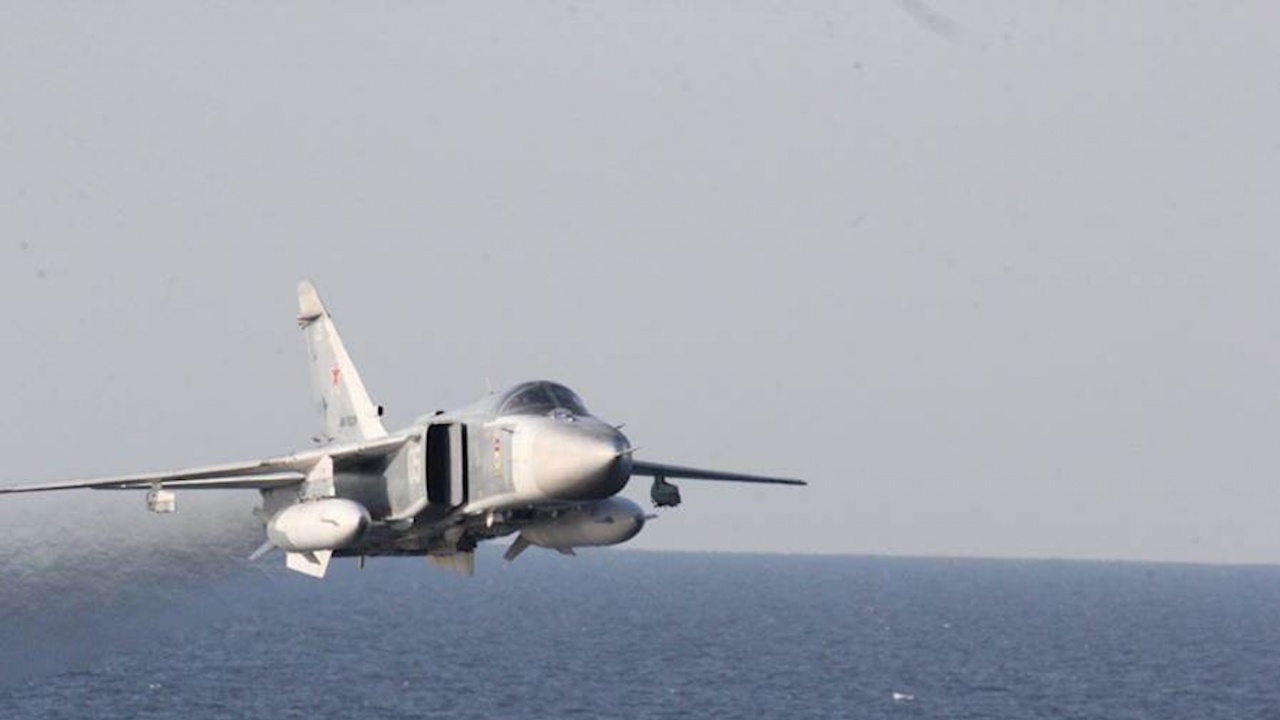The Chapelle de l’Observance hosts its new temporary exhibition from 22 October 2022 to 21 January 2023: Infrastructure, by Élodie Boutry.
60 multicolored parallelepipeds are arranged on the ground like the remains of an old building. Inspired by construction games for children, the installation flirts with architecture. The bright colors then disturb the extreme orthogonality of the buildings.
Between an archaeological site where we would see only a few pillars of a forgotten civilization or a site under construction … unfinished, Infrastructure invites us to wander and rediscover the space of the chapel.
This project is a continuation of “Cosmicisme” produced in 2017 for Pile Pont in St Gervais and “Ototeman” for the Jeonju museum in South Korea in June 2022.
The artist then proposes to wander around and take another look at the Chapelle de l’Observance.
Élodie Boutry’s look
From my first visit to the Observance Chapel, I have had pictures of a trip to India that keep coming back. No doubt the name of this chapel echoes a place I visited 10 years ago, the Jantar Mantar, an astronomical observation site built in the early 18th century with geometric buildings.
Twenty monumental instruments of brutalist architecture stand in the heart of the city of Jaipur. Useful and aesthetic, the Jantar Mantar is an example of the encounter between the observation of the universe, society and beliefs. It bears witness to ancient cosmological, astronomical and scientific traditions shared by an important group of European, Middle Eastern, Asian and African civilizations and religions for more than fifteen centuries.
From observation to observation
Élodie Boutry’s reference discipline is painting, which she applies in abstract, generally geometric motifs. She neatly establishes a rule of play as a creative protocol that she likes to circumvent to bring her sculptures of hers to life. Her bold colors, her broken lines with sharp angles come to invade the space. Like rocks from elsewhere, smooth and sometimes rough surfaces alternate to form a pattern.
Élodie Boutry then questions the fine line between painting and sculpture.


